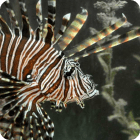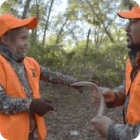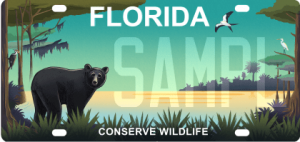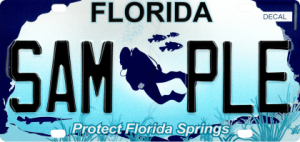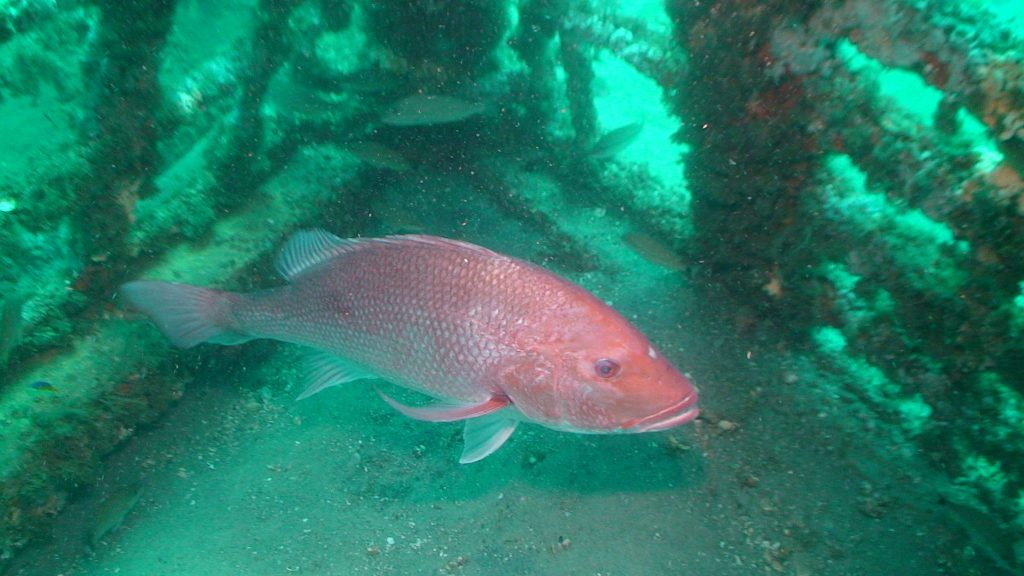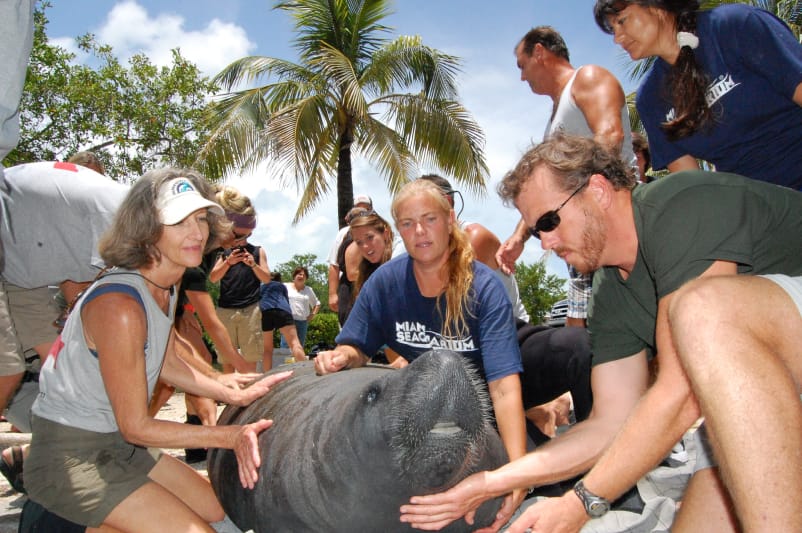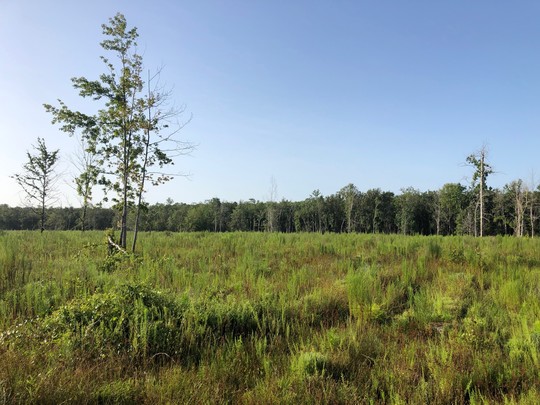
By: Kyle Grammatica
The Foundation and the Florida Department of Environmental Protection (DEP) recently partnered to purchase a substantial parcel of land in Gulf County within the Apalachicola River and Bay watershed area. The 578-acre property is over five times the size of Disney’s Magic Kingdom, and like the theme park, it will be open for the public to enjoy!
“This land is one of the most undeveloped, diverse, productive and economically important natural systems in the southeastern United States,” said DEP Secretary Noah Valenstein. “This acquisition will protect drinking water supplies, preserve the vitality and connectivity of wildlife habitats, and expand public lands access. This success is the result of cross-sector partnerships and dedicated coordination.”
The land was purchased under the Florida Forever program in October and expands upon the state’s recent 20,168-acre land acquisition around Lake Wimico. These purchases will give the public access to large expanses of natural areas throughout north Florida. The tracts include examples of almost all the natural communities of north and central Florida, from scrub to swamps to springs. With the protection of these natural communities, a variety of plant and animal species will have homes for generations to come.
Animals of North Florida
The gopher tortoise is a moderate-sized, terrestrial tortoise averaging 9-11 inches in length when fully grown. Hatchling and juvenile tortoises tend to be yellow-orange and brown in color, but the bright coloration fades with age. The shell of an adult gopher tortoise is generally tan, brown, or gray in coloration. Gopher tortoises can live 40 to 60 years in the wild. The life of a gopher tortoise revolves around its burrow where they spend up to 80% of their time. Their burrows maintain a stable temperature and humidity year-round, providing protection from extreme temperatures, drought, and fire. Burrows also offer shelter from predators and serve as a refuge for more than 350 other species!
The eastern indigo snake is the longest native snake in the United States. Adults are typically 60-84 inches, with male snakes growing longer than females. They are a shiny blueish-black color with some red or orange scales around their chins and sides of face. They feed mostly on small mammals, birds, amphibians, eggs, and reptiles. Eastern indigos do not use constriction to hunt; instead, they use their large size and powerful jaws to attack and eat their prey. They are non-venomous and usually show no aggression to humans unless they are cornered. When feeling threatened, they flatten their heads, hiss, and make a rattling sound with their tails. Actual bites are very rare.
Conserving wild Florida is only possible because of your continued support. With every purchase of our Wildlife Foundation of Florida license plate, $25 goes to the protection and management of public lands around Florida, like the 578-acre parcel just purchased. To help keep Florida wild, purchase the plate from your local tax collector’s office!



